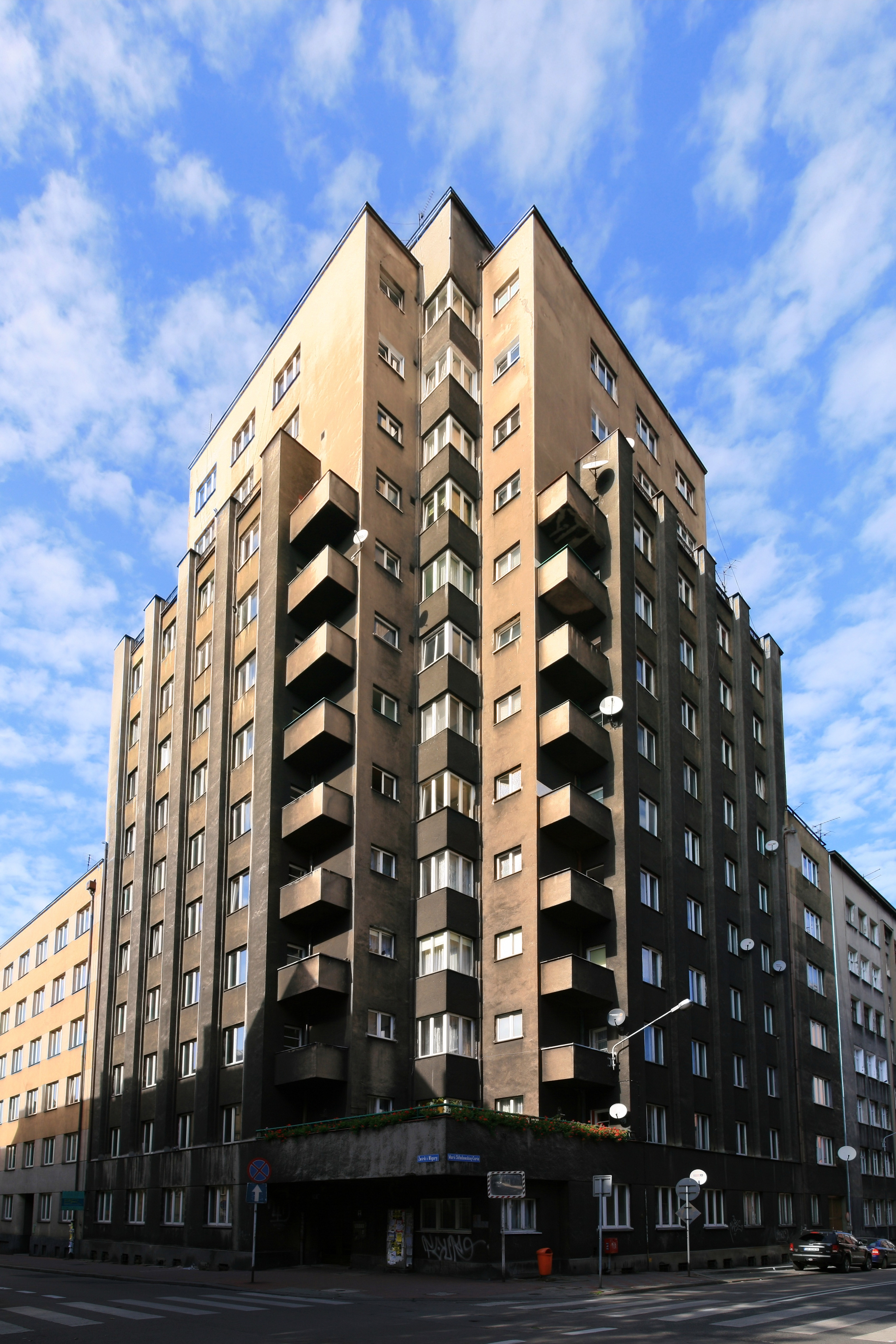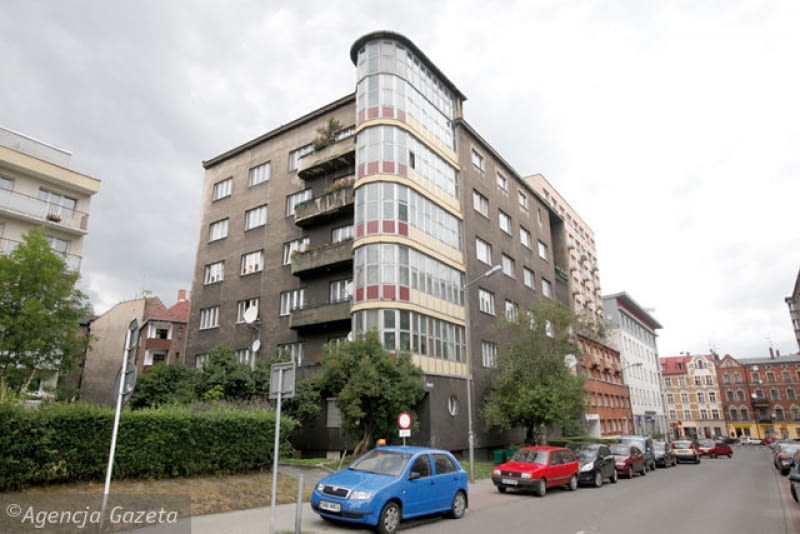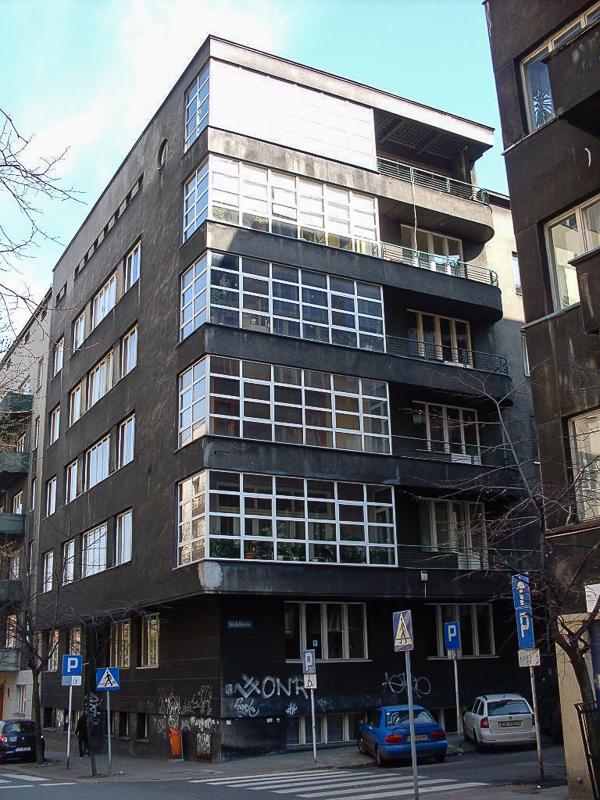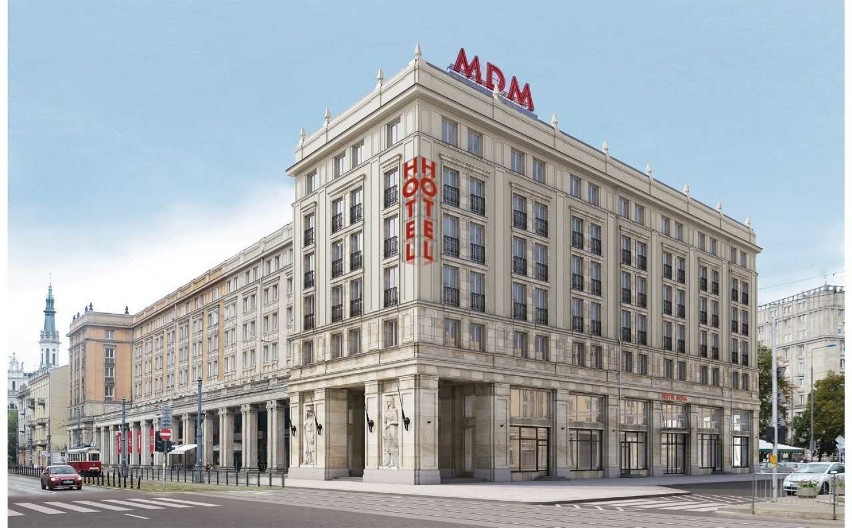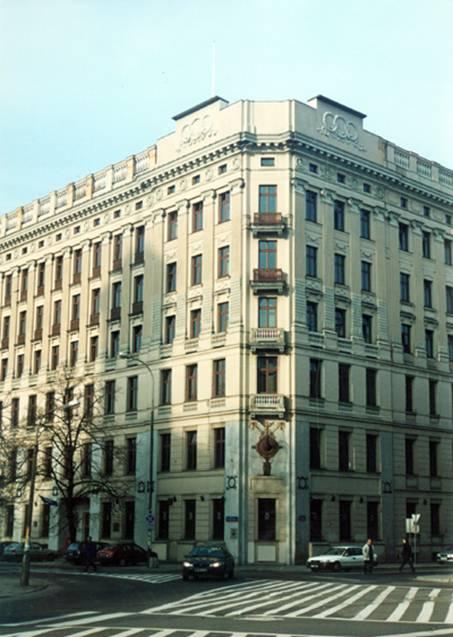Post by carolgreen702 on Sept 3, 2012 2:01:28 GMT 1
Polish cities and towns reflect the whole spectrum of European styles. Poland's Eastern frontiers used to mark the outermost boundary of the influences of Western architecture on the continent.
History has not been good to Poland's architectural monuments. However, a number of ancient structures have survived: castles, churches, and stately buildings, often unique in the regional or European context. Some of them have been painstakingly restored, like Wawel Castle, or completely reconstructed after being destroyed in the Second World War, including the Old Town and Royal Castle in Warsaw, as well as the Old Towns of Gda¨½sk and Wrocław. Architecture of Gda¨½sk is mostly Hanseatic architecture, common in cities along the Baltic sea and in the northern part of Central Eastern Europe. The architectural style of Wrocław is representative of German architecture, since it was a part of the German states for centuries. The centre of Kazimierz Dolny on the Vistula is a good example of a well-preserved medieval town. Poland's ancient capital, Krak¨®w, ranks among the best-preserved Gothic and Renaissance urban complexes in Europe. Meanwhile, the legacy of the Kresy Marchlands of Poland's eastern regions with Wilno and Lw¨®w (now Vilnius and Lviv) as two major centres for the arts, played a special role in these developments with Roman-Catholic church architecture deserving special attention.[2] In Vilnius (Lithuania) there are about 40 baroque and Renaissance churches. In Lviv (Ukraine) there are Gothic, Renaissance, and baroque urban s with influences of the orthodox and Armenian church.
One of the best-preserved examples of the Modernist architecture in Europe is located in Katowice, Upper Silesia, designed and built in the 1930s. Interesting buildings were also constructed during the Communist era in the style of Socialist Realism; while some remarkable examples of modern architecture were erected more
History has not been good to Poland's architectural monuments. However, a number of ancient structures have survived: castles, churches, and stately buildings, often unique in the regional or European context. Some of them have been painstakingly restored, like Wawel Castle, or completely reconstructed after being destroyed in the Second World War, including the Old Town and Royal Castle in Warsaw, as well as the Old Towns of Gda¨½sk and Wrocław. Architecture of Gda¨½sk is mostly Hanseatic architecture, common in cities along the Baltic sea and in the northern part of Central Eastern Europe. The architectural style of Wrocław is representative of German architecture, since it was a part of the German states for centuries. The centre of Kazimierz Dolny on the Vistula is a good example of a well-preserved medieval town. Poland's ancient capital, Krak¨®w, ranks among the best-preserved Gothic and Renaissance urban complexes in Europe. Meanwhile, the legacy of the Kresy Marchlands of Poland's eastern regions with Wilno and Lw¨®w (now Vilnius and Lviv) as two major centres for the arts, played a special role in these developments with Roman-Catholic church architecture deserving special attention.[2] In Vilnius (Lithuania) there are about 40 baroque and Renaissance churches. In Lviv (Ukraine) there are Gothic, Renaissance, and baroque urban s with influences of the orthodox and Armenian church.
One of the best-preserved examples of the Modernist architecture in Europe is located in Katowice, Upper Silesia, designed and built in the 1930s. Interesting buildings were also constructed during the Communist era in the style of Socialist Realism; while some remarkable examples of modern architecture were erected more








